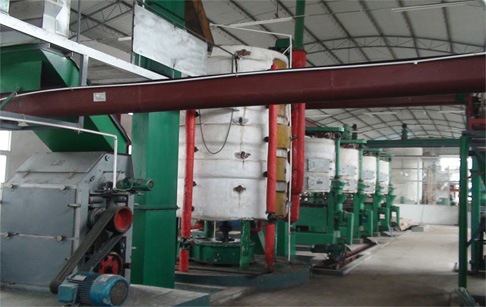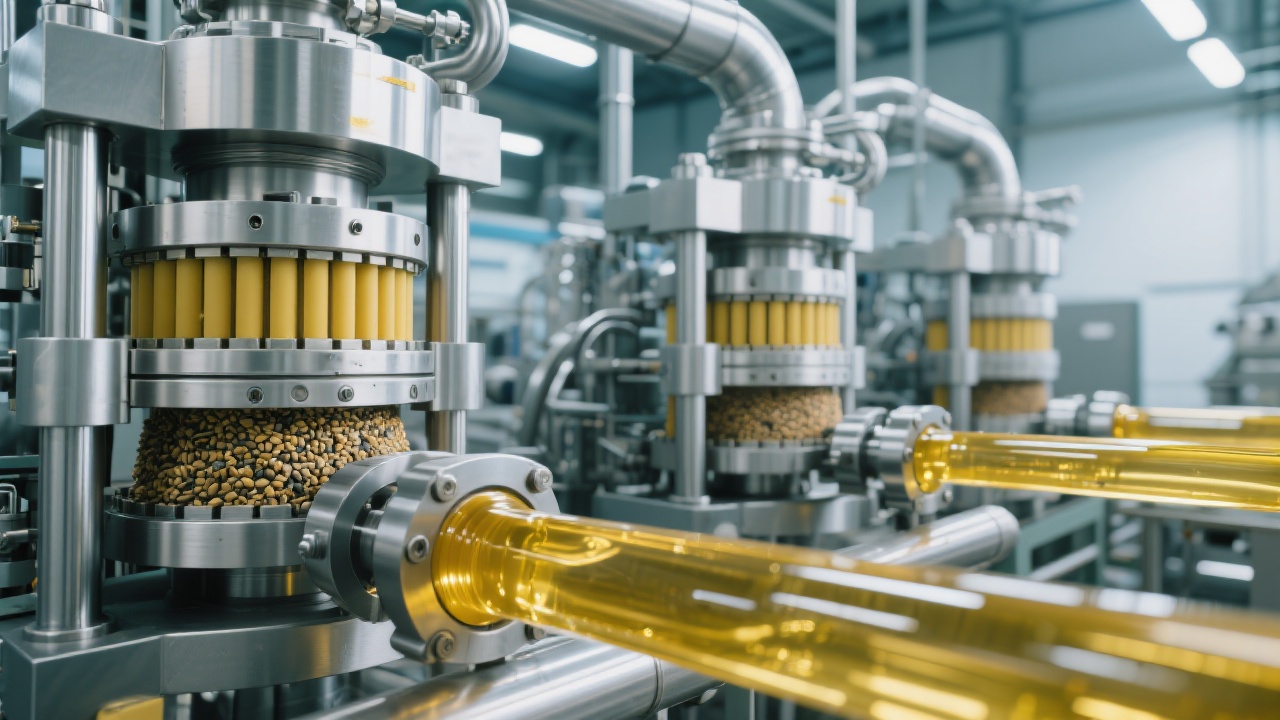
Sunflower seed oil production efficiency hinges on selecting the right process to maximize both yield and quality. This article offers an in-depth examination of how process optimization impacts oil extraction rates, focusing on the comparative advantages and trade-offs between cold pressing and hot pressing methods. Drawing upon empirical factory data and practical experience, this guide navigates key variables such as seed cleaning, shelling effectiveness, impurity management, and equipment synergy — all critical to helping small and medium sunflower oil producers make informed, profit-enhancing decisions.
The sunflower oil extraction workflow comprises several interconnected stages: seed cleaning, shelling, pressing, filtering, refining, and bottling. Each step significantly influences overall extraction efficiency and oil quality.
| Process Stage | Impact on Oil Yield | Optimization Focus |
|---|---|---|
| Seed Cleaning | Removes foreign materials that reduce pressing efficiency. | Advanced sieving and destoning equipment to achieve >98% purity. |
| Shelling (Dehulling) | Improves oil release; shell content typically 15-20% of seed weight. | Upgrade shellers to increase shell removal rate by 5%-7% to boost pressing efficiency. |
| Pressing | Core output stage; choice between cold and hot press affects yield and oil composition. | Optimize temperature, pressure, and time parameters according to pressing type. |
| Filtering & Refining | Removes impurities that can degrade shelf life; minimal oil loss crucial. | Implement fine mesh filters and controlled refining to limit oil yield drop below 2%. |
Two principal pressing methods—cold pressing and hot pressing—offer distinct outcomes in terms of oil quality, yield, energy consumption, and suitability for different markets. Understanding these nuances is essential for manufacturers deciding on equipment and operational strategies.
| Attribute | Cold Press | Hot Press |
|---|---|---|
| Oil Yield (%) | 35-40% | 45-50% |
| Nutrient Retention | Higher preservation of antioxidants and vitamins | Reduced nutrient levels due to heating |
| Energy Consumption | Lower, minimal heating | Higher due to seed roasting and pressing temperature |
| Suitable Applications | Premium, health-focused oil brands | Mass production with priority on volume |
Beyond selecting the pressing method, optimizing auxiliary steps enhances extraction efficiency:
A frequent mistake in sunflower oil production is neglecting pre-pressing treatments, resulting in suboptimal pressing performance. For instance, residual moisture variations and incomplete shelling can reduce extraction efficiency by 3-5%. Emphasizing these upstream steps can yield measurable gains in output.

Factory scale, budget constraints, and product positioning dictate equipment selection. Small and medium enterprises focusing on health-conscious consumers may prefer high-quality cold presses despite slightly lower yields, whereas large-scale producers prioritize hot pressing for volume and cost-efficiency.
.jpg)
In either case, choosing machinery with flexible operational parameters and ease of maintenance enables producers to fine-tune processes quickly based on seasonal seed quality fluctuations.
Optimizing sunflower seed oil extraction is not a one-time task but a continuous journey of learning and adaptation. Improving your shelling efficiency, controlling impurities, and choosing the right pressing method could translate into an additional 15 kilograms of oil output per ton of seed processed — a tangible boost to profitability.

What pressing method does your operation use? Share your experiences and questions in the comments below and join the conversation!

